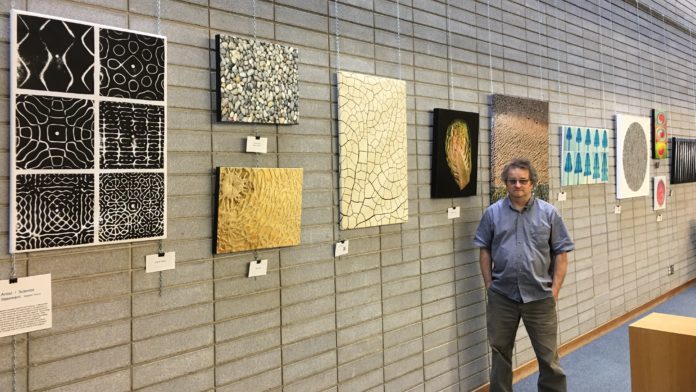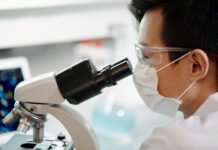Stephen Morris is a Professor of Physics from the University of Toronto who specializes in pattern formation. We asked everything from what drew him to physics to how he transformed his scientific images into art in hopes of giving you a better understanding of what goes on outside the lab for one of the best minds in Canadian research.
What do you like most about being a researcher?
The complete freedom to try crazy stuff. Physics is a pretty open-ended subject; you can delve into just about anything that strikes your fancy. It’s all just physics in the end.
What advice would you give young researchers?
Don’t listen to advice.
What inspired you to become a researcher?
I suppose it was my high school physics teacher, Mr. Nordman. He was a rock of stability while I was a teenager. Him, and a lot of “old school” science fiction novels.
What do you like to do for fun?
Lately, I have taken up turning my scientific images into art. I have exhibited them in galleries and juried outdoor art shows. I call them “scientific folk art”. It’s a lot of fun talking to people about science in an art context.
What’s your favourite cuisine?
Japanese ramen; Korean BBQ, Sichuan.
If you could do any profession other than your own what would it be?
I like making things. I should have been a machinist or a home renovator.
If you could meet any historical figure, who would it be and why?
Isaac Newton, of course, but he was such a loner. He probably wouldn’t want to talk to me, but I would be happy just to follow him around.









































